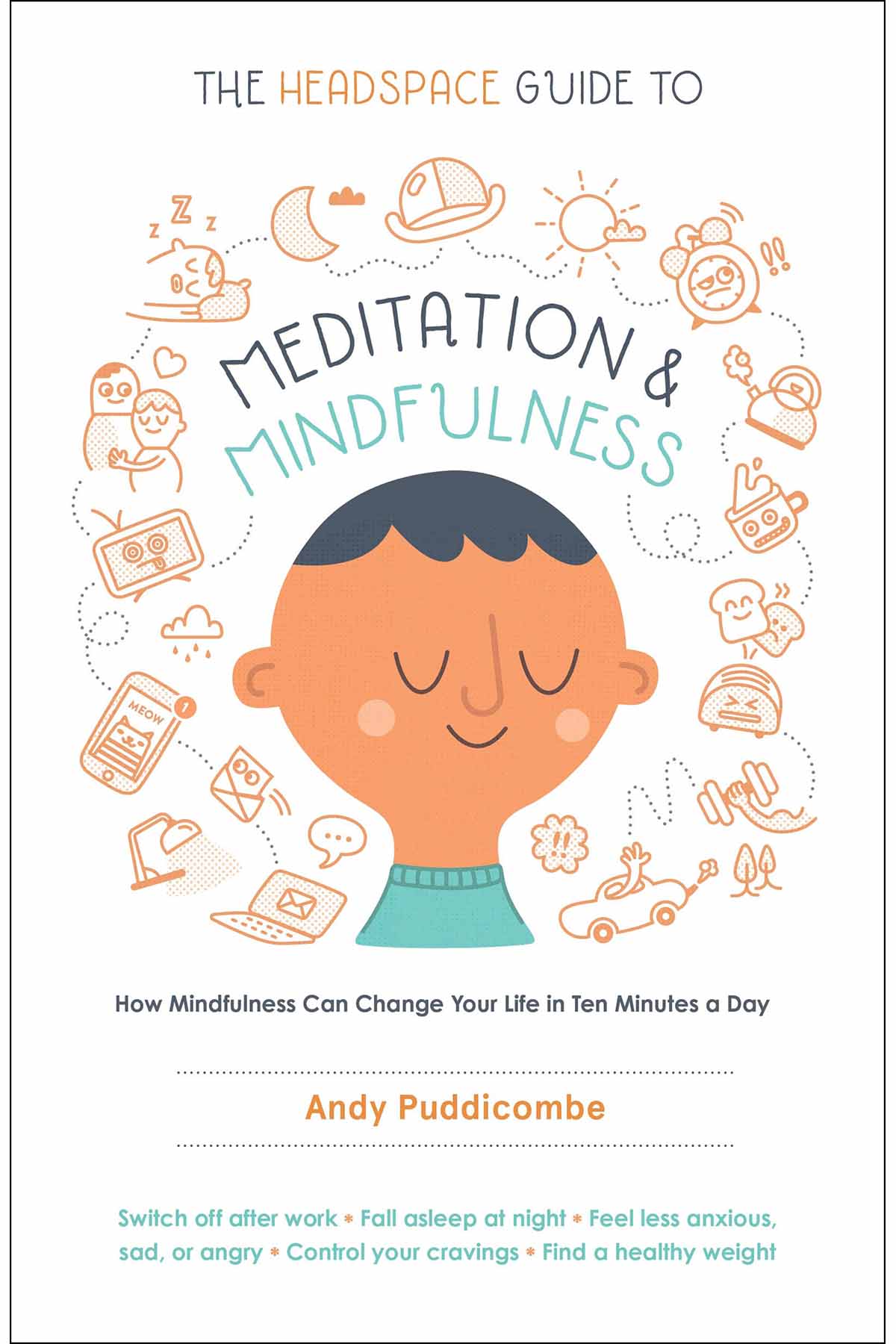When it comes to meditation, though, the goal and the journey are the same thing.
- "Andy Puddicombe"
In 2018, I went through a year-long debilitating tuberculosis treatment, the darkest episode of my life. I had to endure immense mental pressure and side effect from taking six different types of antibiotics. In the midst of this crisis, I learnt about mindfulness meditation and have since practised it daily. Like any other skills, mindfulness meditation needs to be practised. In search of a guidebook on this skill, I found Meditation & Mindfulness written by Andy Puddicombe, a meditation master. It opened a new door to me about mindfulness meditation and taught me the best techniques of practising and integrating it into my life.
There are myths and misconception about meditation. Before reading this book, meditation is nothing but a superstitious term to me, and whenever I thought of meditation, I had the stereotype that a monk practices it, sitting straightly on a monetary far from anywhere. Andy debunked the myths and misconception of meditation and explained the interconnection between mindfulness and meditation. Starting with telling how he began with meditation, Andy emphasized that meditation is not a fluffy concept. Neither is a purely philosophical idea; instead, it is a skill and direct experience of the present moment. We, practitioners, define the purpose and the experience. Put it in another way, as long as one is alive, one's mind will not be blank. There are always thoughts going on; learning meditation is learning how to be aware – aware of everything surrounding you, understand how and why you feel the way you do and get a sense of healthy perspective in the process. Ultimately, in Andy's words, you will get a "headspace": an underlying sense of ease, a feeling of fulfilment regardless of what emotion might be in play at that moment.
Having been practising meditation daily for almost two years, I could not confidently say that I can maintain my "headspace", particularly under a depressing environment. In the later chapter, step by step, Andy elaborated on the approach and exercises to headspace and performed meditation with his vivid tales visiting meditation teachers all over the world. Even experienced meditation master will wander off while meditating. It is, therefore, entirely normal to have a jumping head when practising. I enjoyed and found the Blue Sky analogy he shared very useful. Indeed, the optimal status of one's mind is a clear blue Skye. Clouds are the thoughts in mind; they can be big, dark and heavy when one has loads of thoughts racing around. The sky itself is always blue. What obscure it is the clouds. One ought to let those clouds passing through the sky, not try or do anything but be present. Andy also emphasizes mindfulness meditation does not mean being sedan, one can practice anytime, anyplace and at whatever they do. He offered many down to earth exercises on each of the different life settings such as walking, eating and sleeping. For me, meditation is not a skill of habit anymore. Rather it is a mindset, a mindset of dealing with all sorts of emotion and experiencing the world with awareness, gratefulness and curiosity.
Thanks to Andy's book, even though I could not say how exactly mindfulness mediation changed my life, I can feel the subtle difference in approaching my life. I believe these improvements attribute to my continuous practice, and it is something I will keep doing for the rest of my life. Lastly, for those who plan to start practising, I want to reinforce that mindfulness meditation is not a one day work; one will benefit from it only when one put effort into practising it. Be patient, and you will appreciate the experience.
